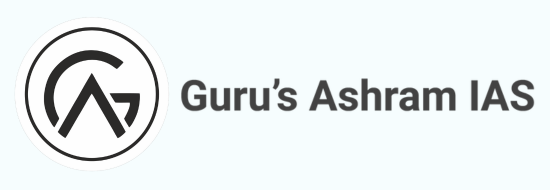Saora Tribe
Why in discussion?
- With Saora tribals of Gajapati district recently getting homestead rights on their ancestral lands, Odisha has become the only state to provide such rights to the highest number of Particularly Vulnerable Tribal Groups (PVTGs).
Who are Particularly Vulnerable Tribal Groups (PVTG)?
- Particularly Vulnerable Tribal Group or PVTG (formerly known as Primitive Tribal Group), in the context of India, is a sub-categorization of a Scheduled Tribe or a part of a Scheduled Tribe, considered more vulnerable than the regular Scheduled Tribe. goes.
- The PVTG list was created by the Government of India with the aim of improving the quality of life of endangered tribal groups on priority basis. PVTGs live in 18 states and one union territory.
- Saora is one of the ancient tribes of Odisha, which also finds mention in the epics Ramayana and Mahabharata.
- They are called by different names like Savaras, Sabaras, Saura, Sora etc.
- They are widely distributed from Bundelkhand in the west to Odisha in the east. But they are found very densely along the Eastern Ghats in Ganjam, Gajapati and Koraput districts of Odisha and Srikakulam district of Andhra Pradesh.
- They have their own native language called Sora, which is a Munda language, and they are one of the very few tribes in India that has a script for their language, Sorang Sompeng.
- The Saoras show their racial affinity towards Proto Australoid physical characteristics, which are prominent among the tribals of central and southern India.
- The Saoras follow an embedded and complex religion, believing in and worshiping many gods and spirits whom they believe to be the supreme controllers of their routine lives.
- They have unique art practices, religious customs, as well as an endangered tattoo tradition called “Tantangbo“.
- The Saora community are the creators of Iditala paintings. He is the primary artist known for these traditional tribal murals. The Saora people create a variety of Iditala paintings for specific occasions and rituals.
- The Saoras depend on land and forests for their livelihood. Their livelihood depends mainly on slash-and-burn agriculture i.e. shifting cultivation and importantly terraced cultivation.
- They are traditional shifting cultivation farmers and also specialize in terraced farming. They display a high level of indigenous skill, ingenuity and technical equipment to prepare terraced fields with built-in water management systems.
- They mainly grow rice in terraced fields and, in Sweden, a variety of minor millets, cereals and pulses.
- Saora society is divided into 25 sub-divisions like Kapu, Jati, Sudho, Jadu, Jara, Arsi, Duara or Muli, Kindal, Kumbi, Basu, Lanjia etc.
- It is based on occupation, food habits, social status, customs and traditions.
- The homogeneous Saora village is an independent, autonomous and self-reliant socio-political unit with remarkable cohesion and continuity.
- The traditional village organization consists of a well-defined territory, a hierarchy of responsible and respected elites and leadership, and a traditional village council made up of family heads, called “Birinda Neti”.
- The organization is based on democratic principles.




